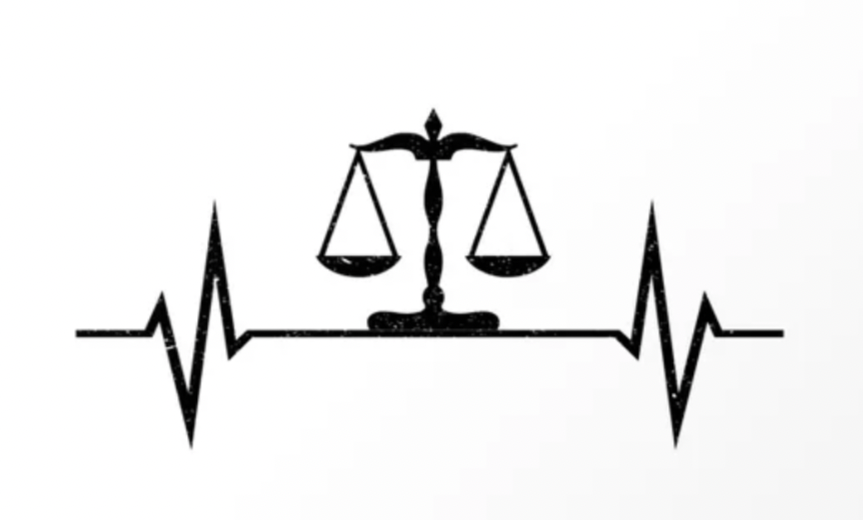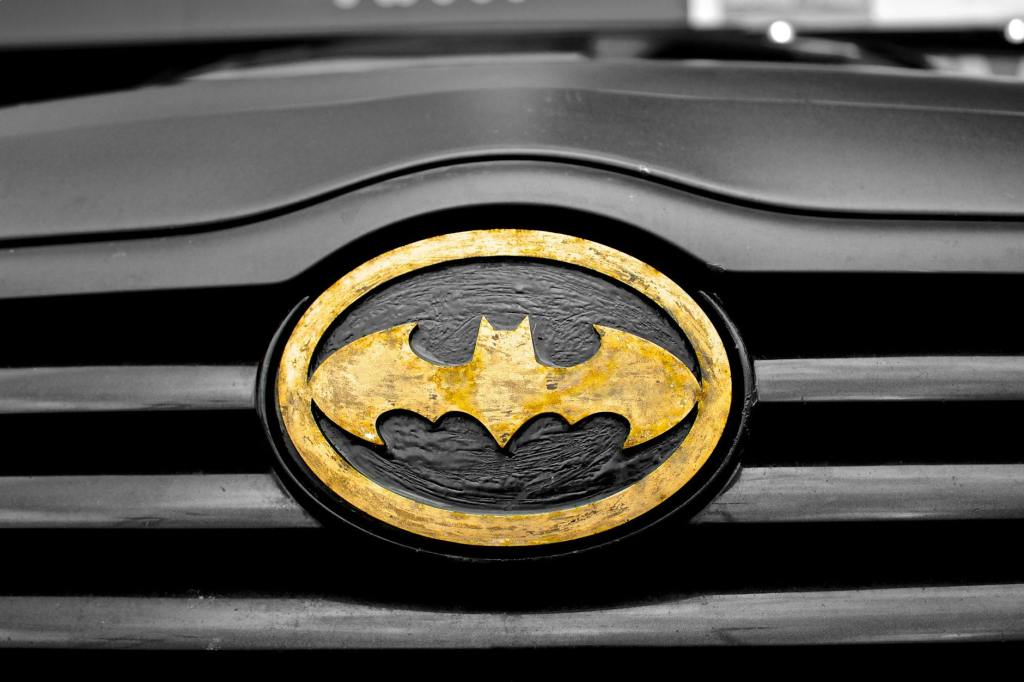
By Sofia Ellington
In 2018, a huge decision by The United States Supreme Court changed the landscape of legalized gambling. In Murphy v. NCAA, the Court functionally legalized sports betting by striking down a federal law that had categorically prohibited the practice. The decision left the door open for states to decide how to handle regulation. Sports betting is a multi-billion dollar industry, and many states have moved to legalize the practice to get a piece of the growing pie.
Washington State took the opportunity to legalize sports betting by entering into tribal-state compacts with 29 federally recognized Tribes under the Indian Gaming Regulatory Act (IGRA). Under the compact, sports betting is legal, but only if done on tribal land. Regulating sports betting through the IGRA framework is in line with how the State has regulated class III gaming since the late 1980s. However, in January 2022, Maverick Gaming, a non-Tribal affiliated gaming and casino enterprise, filed suit to challenge the compacts. The outcome of the case, which is currently pending in the Ninth Circuit, could jeopardize the future of sports betting in the state and create chaos in the gaming regulatory framework.
A Short Summary of Tribal Gaming’s Long History
Before diving into the controversy around sport betting, it is essential to understand the tension between the States, Federal Government, and Tribes in regulating the activity. Gaming as we know it today, started with Tribal bingo operations in the 1970’s. Tribes are critical to regulating gaming nationwide and their operations are estimated to bring in around $6.6 billion a year to the Washington State economy alone, funding schools, roads, and creating thousands of jobs.
As sovereigns, Tribes have inherent authority to authorize gaming on their lands absent interference from the State. However, Congress has authorized several encroachments on that sovereignty, such as Public Law 280. P.L. 280 conferred criminal and civil jurisdiction over certain activities in Indian Country to the state, where before they had no inherent authority. In California v. Cabazon Band of Mission Indians, California attempted to enforce criminal charges on Tribal bingo operations under their P.L. 280 authority, citing concern over the connection between gaming and organized crime. The U.S. Supreme Court rebuked this effort to infringe on Tribal sovereignty, holding that the state was not able to prohibit gaming in Indian Country if that activity was otherwise legal in the state.
In 1988, the year after Cabazon was decided, Congress once again imported the State’s interest into regulation of Indian country by passing IGRA. Under IGRA, Tribes could run Class I and Class II gaming without state interference. They could only operate higher stakes games under Class III, such as roulette, craps, slot machines, and other casino-style games, by entering into a compact with the state. Sports betting is a Class III game, therefore subject to state-tribal compacts. Each compact must be reviewed and approved by the United States Secretary of the Interior under IGRA. Washington State, along with the majority of states, has chosen to regulate Class III gaming through these compacts. Since IGRA was passed, the law has been a mutually beneficial source of economic development both in and out of Indian Country.
Maverick Gaming LLC v. United States
In January 2022, Maverick Gaming filed suit against the United States for approving Washington’s sport betting compacts with Tribes in violation of the Administrative Procedures Act (APA). Maverick alleges sweeping claims, including that the compacts violate IGRA, Equal Protection, and the Tenth Amendment by allowing a “discriminatory tribal gaming monopoly.” They are also pursuing the nuclear option, alleging that IGRA itself is unlawful and must be struck down.
While the Ninth Circuit is expected to publish a decision that rests on the threshold issue of the Tribe’s immunity from suit instead of on the merits, Maverick would still be unlikely to succeed on the merits of their equal protection claim. Generally, the government is allowed to treat individuals differently as long as the reasons for the distinction are rationally related to a legitimate government interest. This is a fairly easy standard to meet as courts are generally highly deferential to the legislature under rational basis scrutiny. However, higher levels of scrutiny are used when the government is either impermissibly interfering with the exercise of a fundamental right, or disadvantageous to a suspect class such as race, or sex. Maverick is asking the court to review the gaming compacts under strict scrutiny because they argue that the compacts are making a racially based classification, but that is a fundamental misunderstanding of the legal status of tribes.
As Washington State has pointed out in their reply brief, Tribal status is considered a political, not a racial, classification. This means that if the merits of the equal protection claim were analyzed, it would be under rational basis, not strict scrutiny, and the classification would only need to be reasonable. Washington has an interest in keeping gambling highly regulated and thus less prone to organized crime. That interest is achieved through allowing Tribes to run sports betting operations because they have a long history of safely regulating other Class III games. Therefore, treating Tribal gaming operations differently than non-tribal operations passes rational basis scrutiny and is not a violation of equal protection.
The Future of Sports Betting
While non-tribal gaming enterprises and sports teams may hope to see the court invalidate IGRA and the state-tribal compacts in order to get a piece of the pie, a decision that touches the merits of IGRA could have unintended consequences and throw the entire industry into chaos. States still have the option of criminalizing ALL gambling, regardless of the entity engaged in the activity. In fact, if the court invalidates the Washington State compacts, Maverick would not get the relief they desire because sports gambling would remain unlawful for non-Tribal entities, as well as become unlawful for Tribes.
Although Maverick is unlikely to prevail in their challenge to IGRA and the Washington State-Tribal compacts, the fervor around expanding sports betting beyond tribal operations is growing nationwide. Challenges to IGRA compacts are concerning because they could potentially affect the ability of Tribes to expand their economic development and tread on their authority to run gaming activities on their land if they are struck down. Currently, another sports betting case is pending at the U.S. Supreme Court on a petition of certiorari. The U.S. Supreme Court has not demonstrated, with the surprising exception of Justice Gorsuch, a deep understanding of the role of Tribal sovereignty in our constitutional structure. Any case that reaches them on questions of American Indian Law are in danger of being misconstrued in a way that backslides to limit Tribal sovereignty. Sports betting is no exception.



